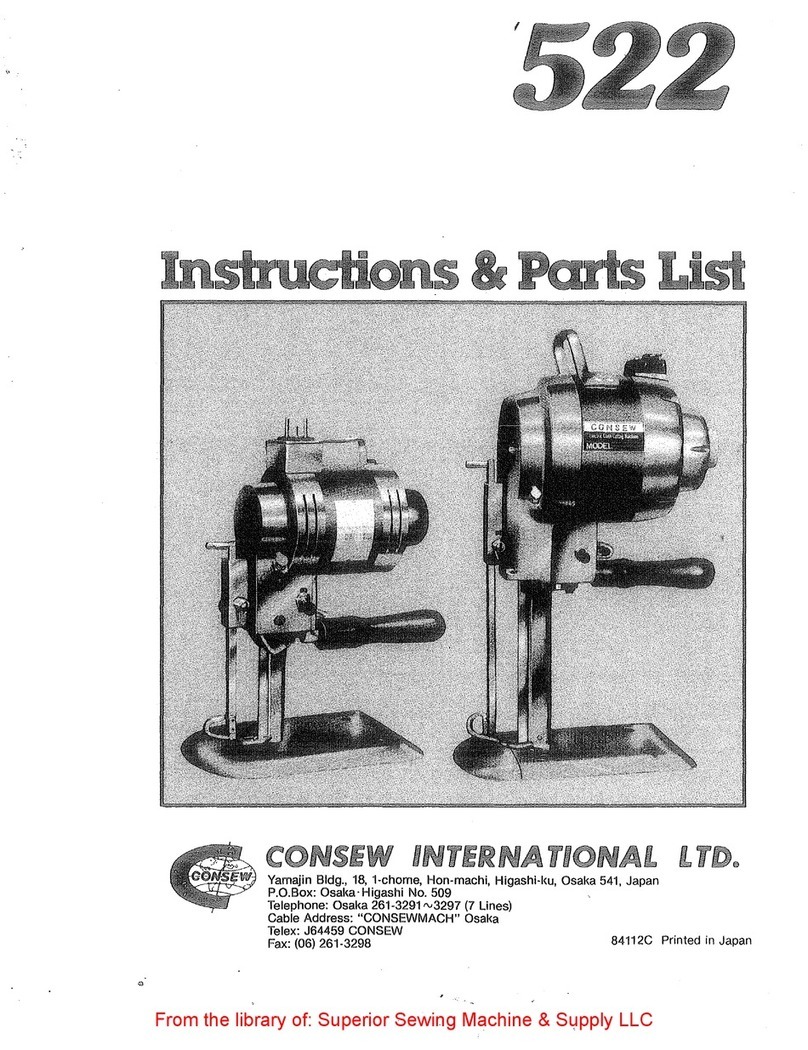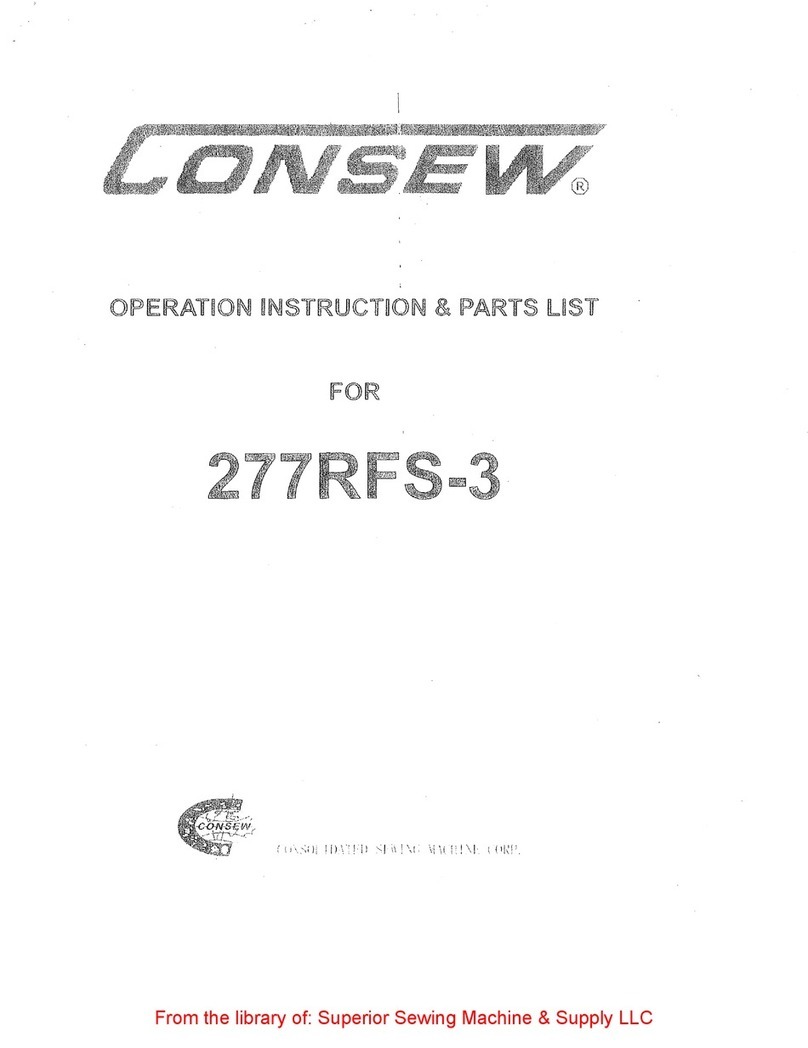Consew 328RB-1 User manual
Other Consew Sewing Machine manuals
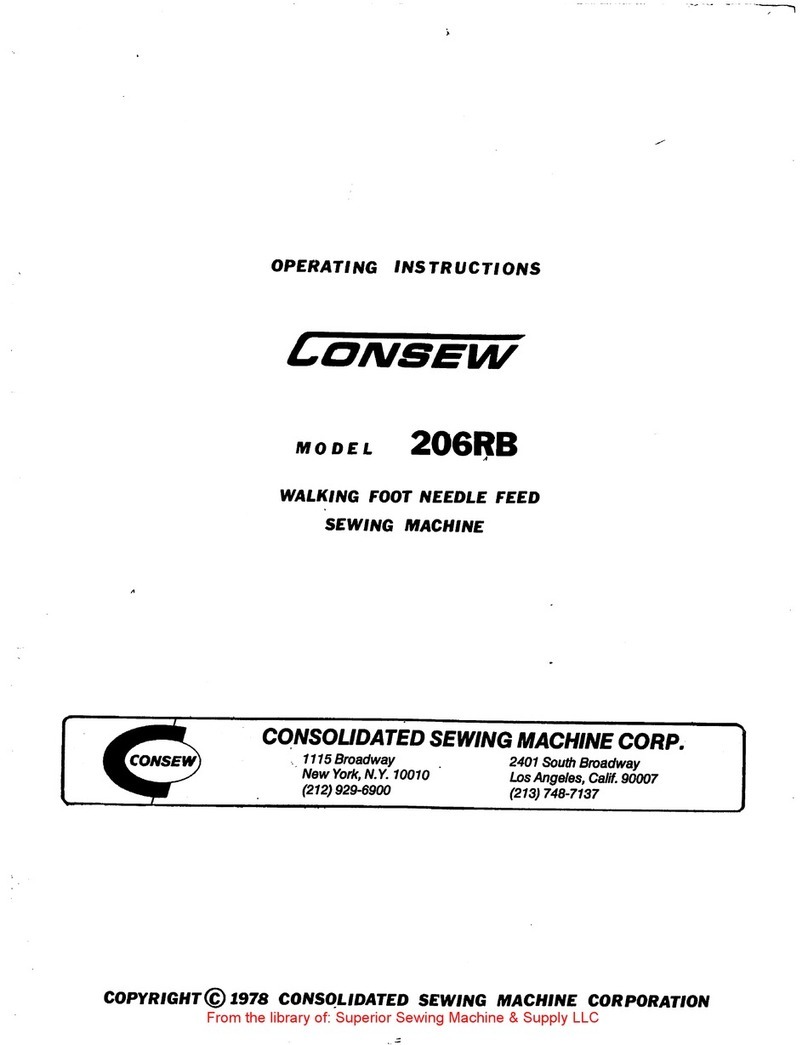
Consew
Consew 206RB User manual
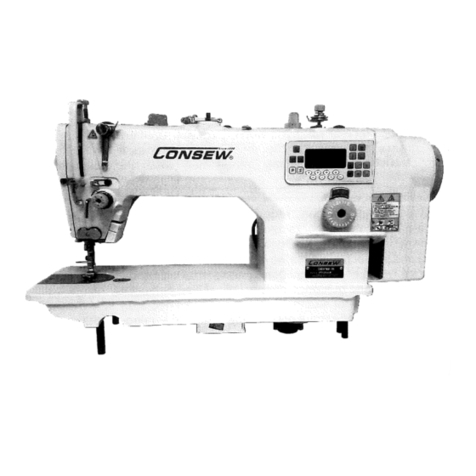
Consew
Consew 7360R-7DD Guide

Consew
Consew 223 User manual
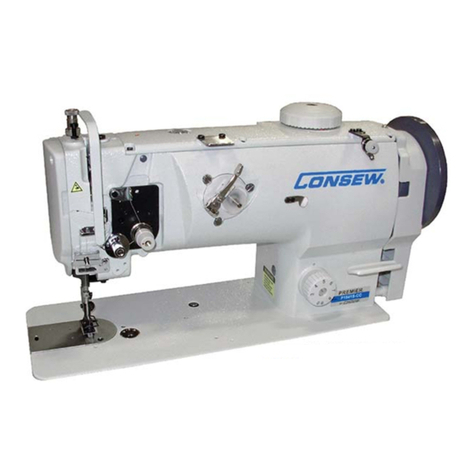
Consew
Consew P1541S-CC Technical manual
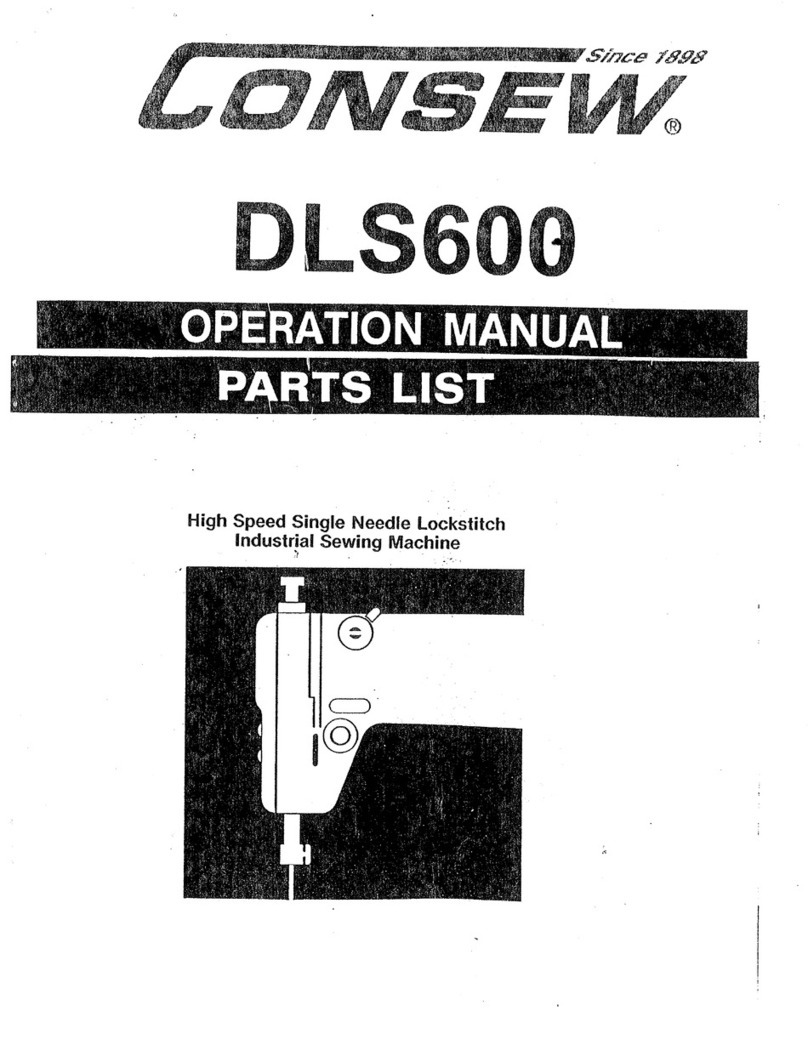
Consew
Consew DLS600 User manual

Consew
Consew 332 User manual
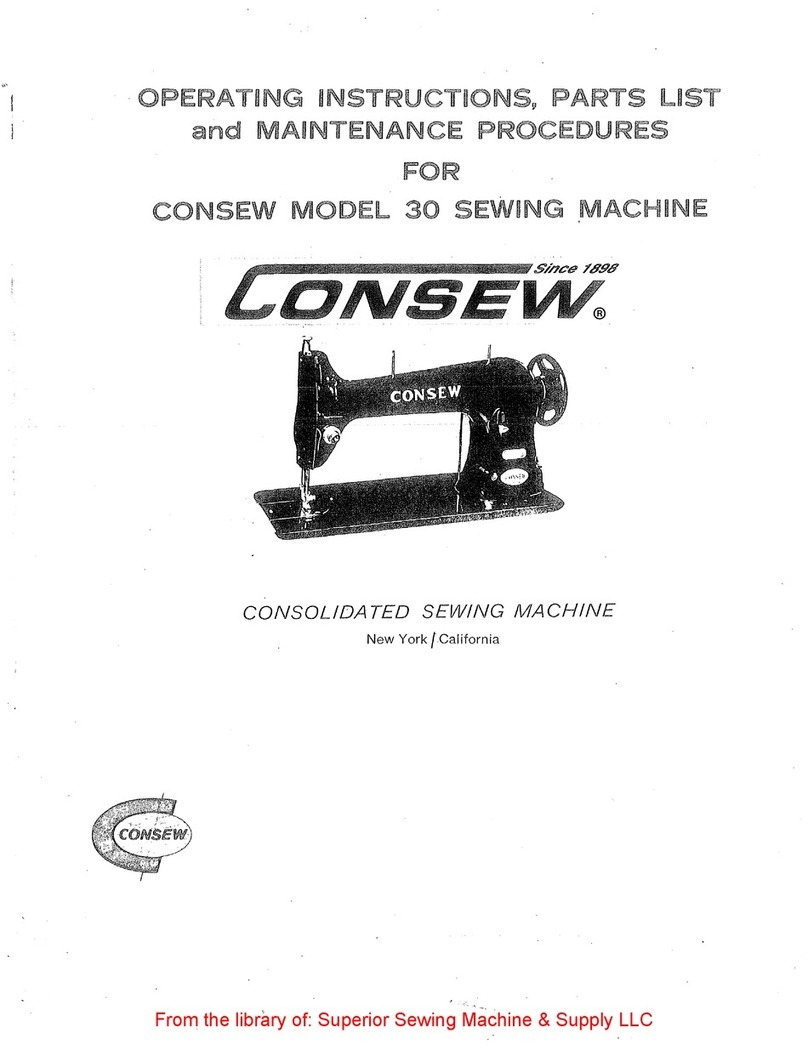
Consew
Consew 30 Use and care manual

Consew
Consew 5122 User manual
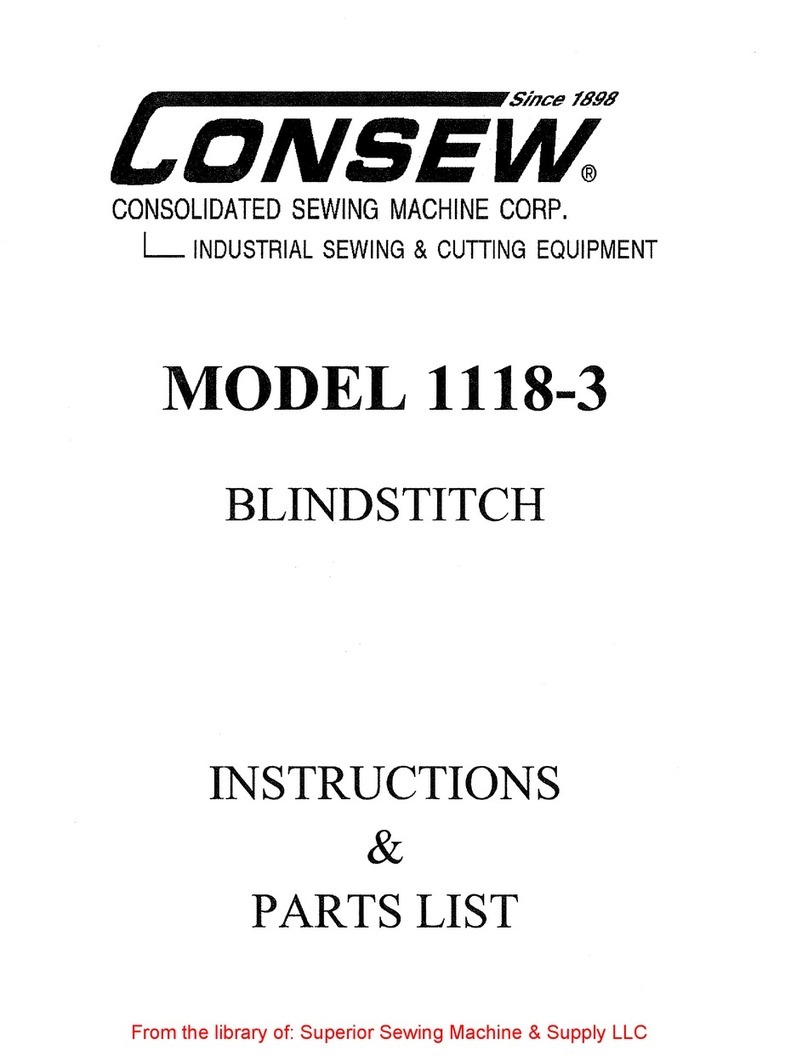
Consew
Consew 1118-3 Operation manual

Consew
Consew 104-1T User manual
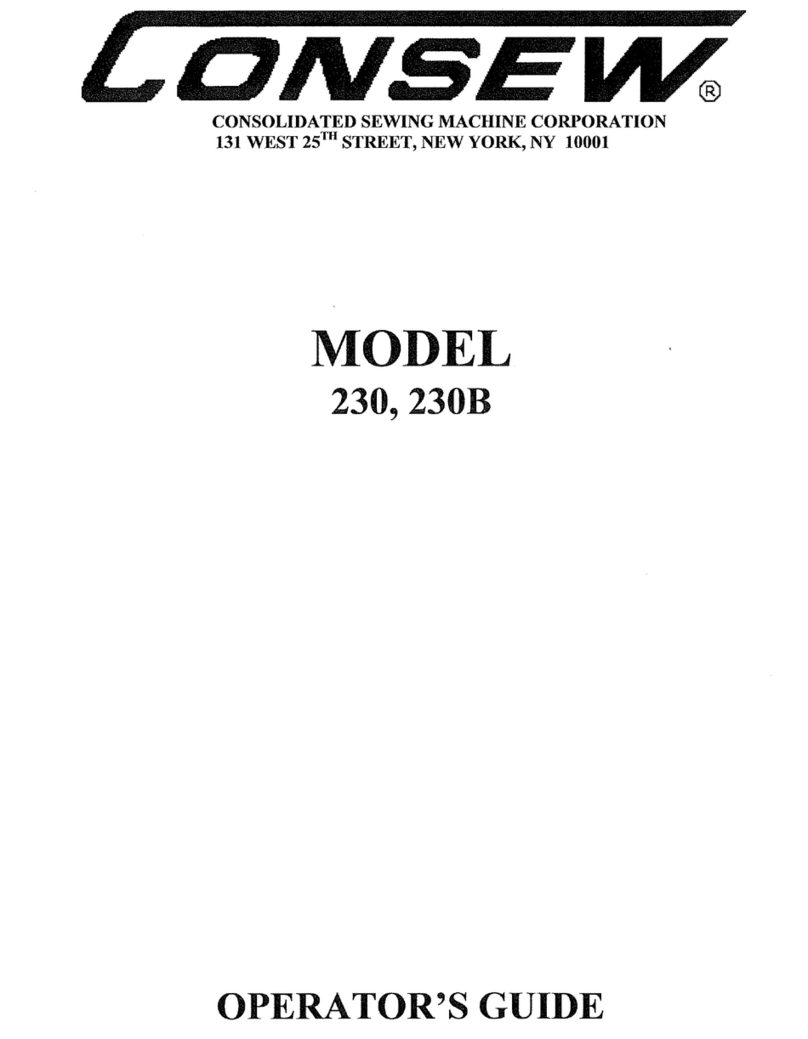
Consew
Consew 230 Manual

Consew
Consew 206RB-5 User manual
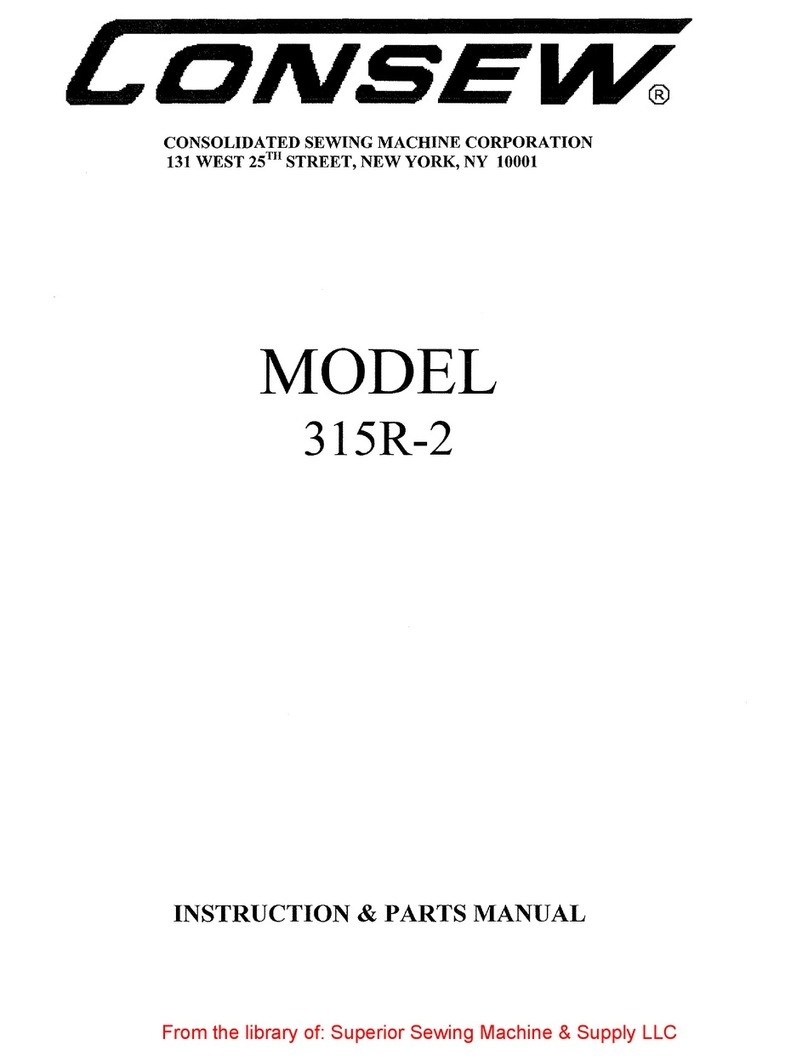
Consew
Consew 315R-2 Parts list manual
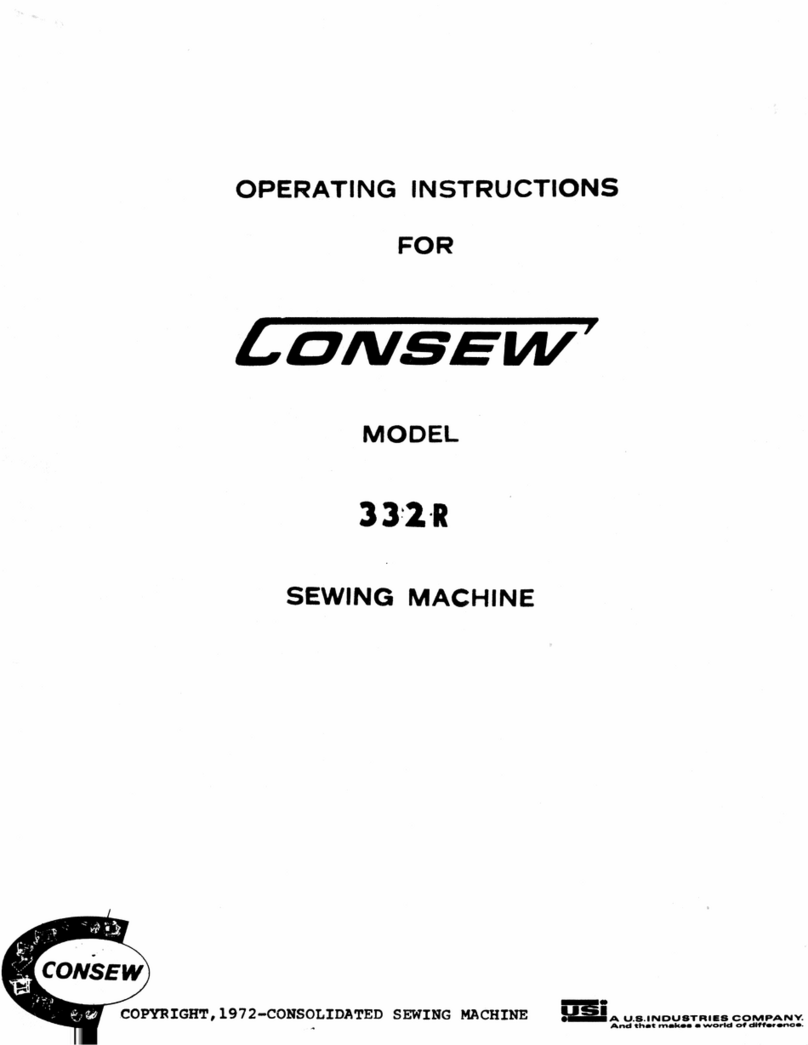
Consew
Consew 332R User manual

Consew
Consew 133A-1 User manual

Consew
Consew 205RB-1 User manual

Consew
Consew SK 2R Manual
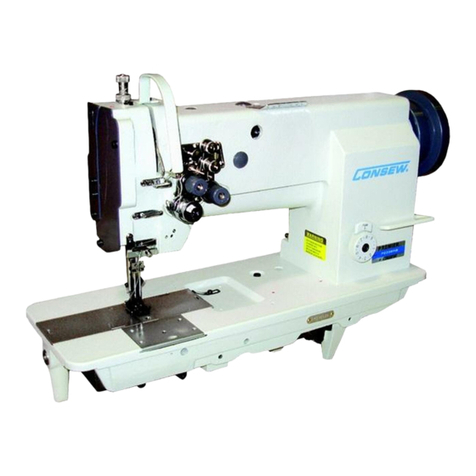
Consew
Consew P2339RB Technical manual

Consew
Consew Sewing Machine User manual
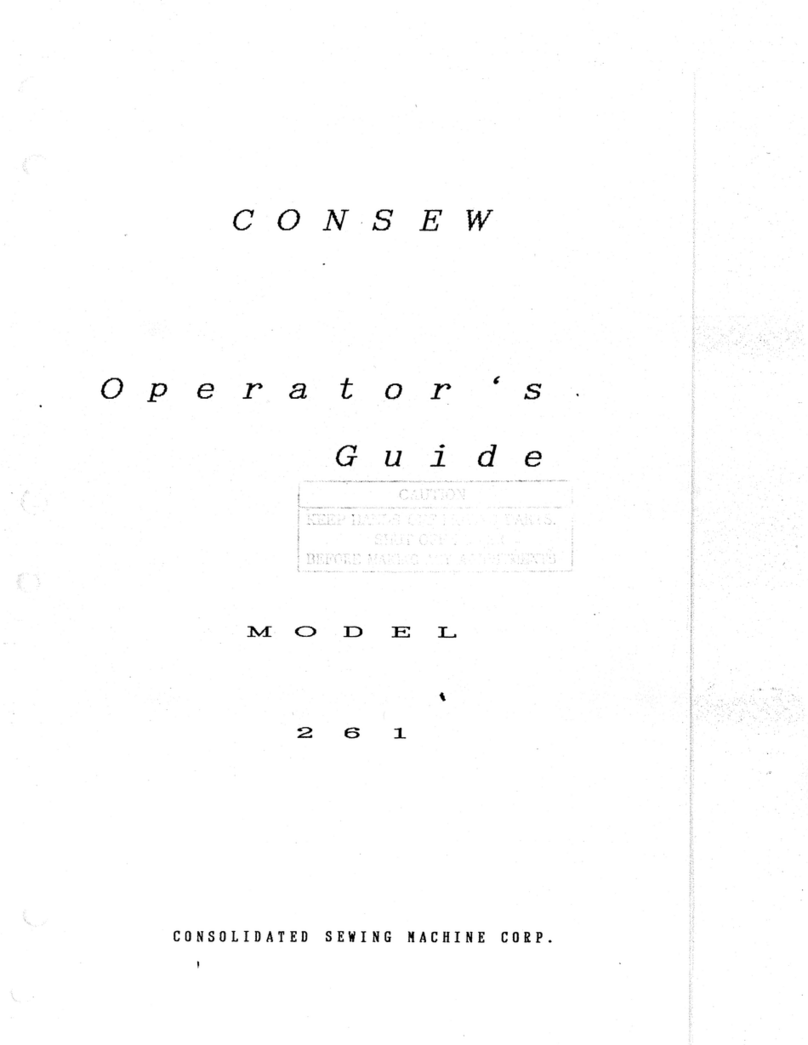
Consew
Consew 261B Manual

